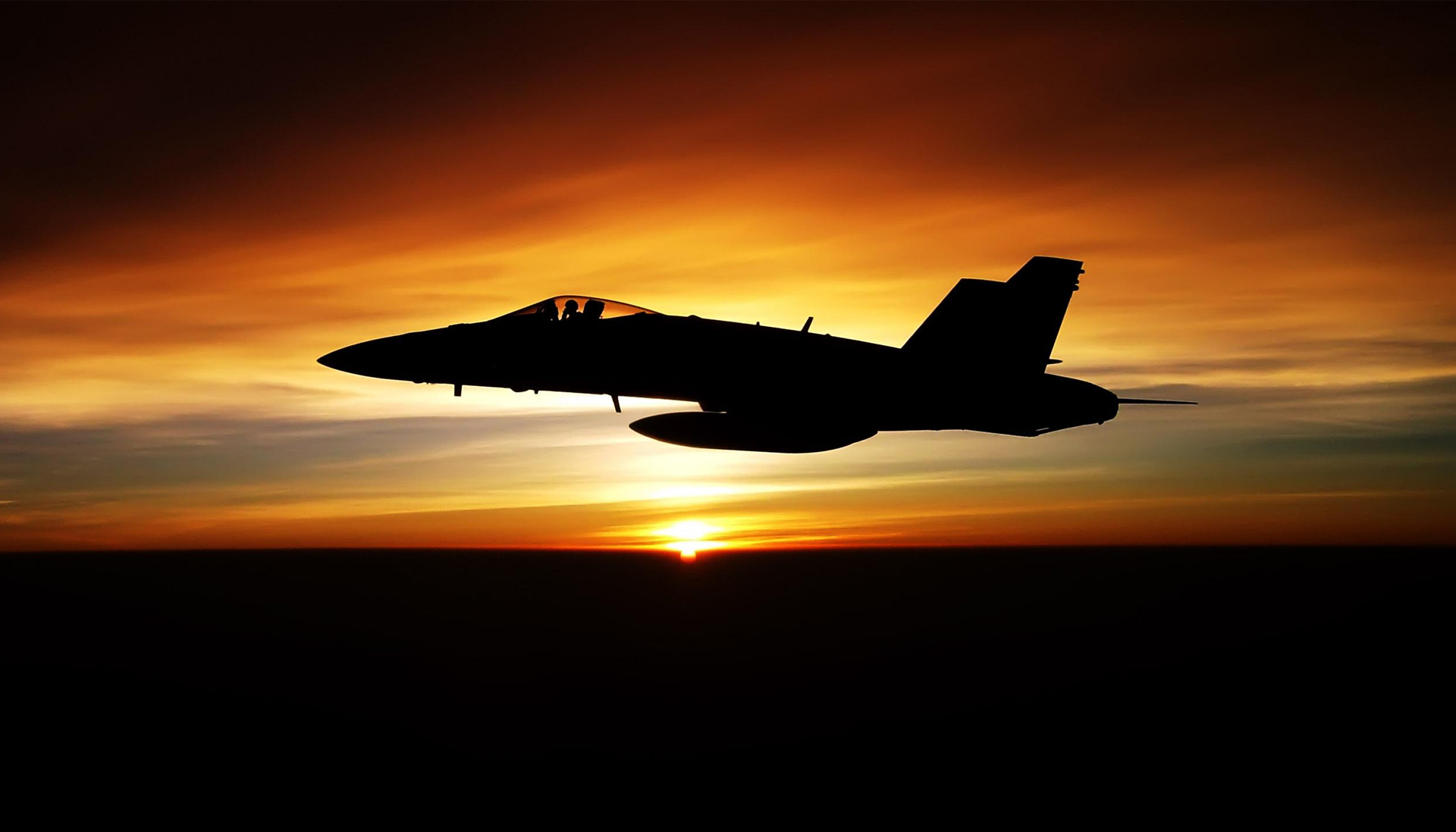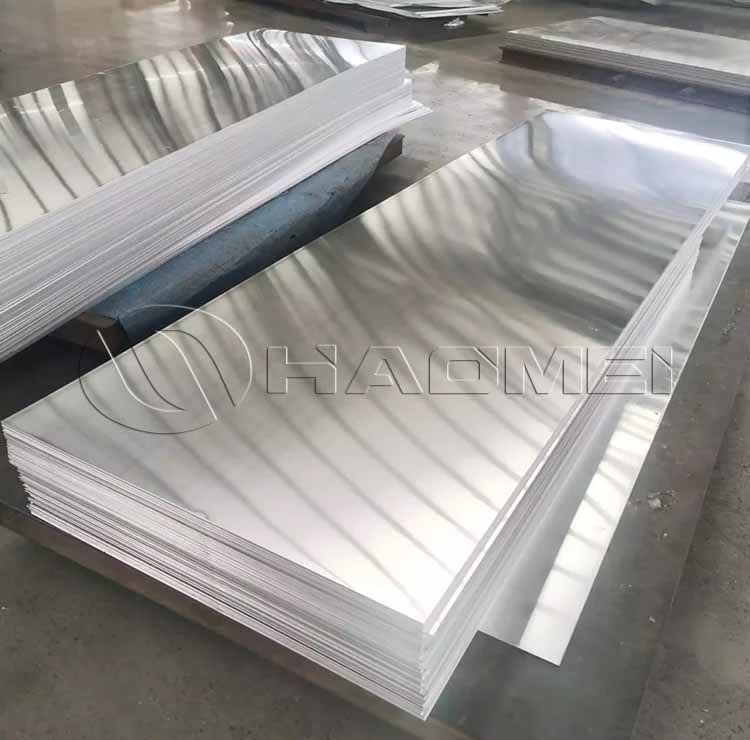
As aircraft soar through the clouds, the materials used for key components like the fuselage, landing gear, and wings directly determine flight safety and efficiency. Within the aviation aluminum alloy family, 6061 and 7075 aluminum plates are the two most commonly used grades, but their performance differs significantly: the former is a versatile performer, while the latter is a powerhouse.

Both are heat-treatable aluminum alloys, but their compositional differences (6061 contains magnesium and silicon, while 7075 contains zinc, magnesium, and copper) lead to significant differences in performance.
In terms of tensile strength, 6061 reaches approximately 290 MPa in the T6 state, while 7075 reaches 570 MPa in the same state, nearly double the strength of the former. This makes 7075 more suitable for load-bearing components in the aviation industry. In terms of yield strength, 6061-T6 reaches approximately 240 MPa, while 7075-T6 aluminum reaches 500 MPa, meaning 7075 has greater deformation resistance and impact resistance.
In terms of corrosion resistance, 6061 aluminium sheet performs excellently, and its protection can be further enhanced through anodizing, making it more suitable for humid or high-altitude corrosive environments. 7075 has moderate corrosion resistance and is susceptible to stress corrosion, requiring surface treatment to meet aviation requirements.
In terms of processability, 6061 aluminum sheet is easy to cut and bend, with low molding difficulty, making it suitable for the manufacture of complex structural parts. However, due to its high hardness, 7075 is prone to sticking during cutting and is difficult to mold, so it should only be considered when extreme strength is required. In terms of welding performance, 6061 aluminum offers excellent welding results and minimal weld strength loss, making it suitable for components requiring welding. 7075 is prone to cracking during welding, requiring specialized processes and limiting welding applications.
Applicable Components: Fuselage Skin, Wing Leading Edge Skin, Ducting, Instrument Housings
Alloy Selection Logic:
These components require "lightness, thinness, and ease of forming," and some require high-altitude corrosion resistance or weldability (such as ducting). Therefore, 6061 alloy is the mainstream alloy. For example, the 6061 aluminum sheet thickness for fuselage skins is commonly 1.5-3mm, which reduces weight while also providing resistance to high-altitude moisture corrosion through anodizing.
Thin gauge 7075 (e.g., 2-4mm) is only used for small, high-strength components (such as small engine brackets). Due to its high processing difficulty, it is rarely used for large, thin-walled parts.
Applicable Components: Wing Ribs, Fuselage Frames, Landing Gear Connectors, Seat Rails
Alloy Selection Logic:
These components must bear certain loads (e.g., wing ribs must support the weight of the skin and fuel), but they cannot be too thick or heavy. In this case, the alloy selection should be based on "strength priority":
If welding or complex structures are required (e.g., a fuselage frame with multiple welds), choose 6061-T6 medium-thick plate (e.g., 10-15mm). This is easy to drill and mill grooves during processing, and has minimal strength loss after welding.
If higher load requirements are required (e.g., landing gear connectors must transmit landing gear impact forces), choose 7075-T6 medium-thick plate (e.g., 12-20mm). However, please note: 7075 medium-thick plate requires specialized tools (e.g., carbide milling cutters) and stress relief treatment to prevent deformation after processing.
Applicable Components: Landing Gear, Wing Spars, Engine Mounts
Alloy Selection Logic:
These are the aircraft's "load-bearing skeleton" and must withstand extreme loads (for example, the landing gear must withstand impact forces several times the weight of the fuselage during landing).
Therefore, thick 7075 plate is the only choice, with thicknesses of 30-80mm commonly used (some large passenger aircraft landing gear even use 7075-T73 with thicknesses exceeding 100mm. The T73 temper offers better stress corrosion resistance than the T6 temper). Welcome to learn more about aluminum 7075 material properties here.
Thick 6061 plates (e.g., 30-50mm) are only used for low-load, thick-walled parts (such as aviation components for ground equipment). Due to their insufficient strength, they should never be used in critical load-bearing aircraft components.
Original Source:https://www.aircraftaluminium.com/a/6061-aluminum-vs-7075-aluminum.html
Tags: 7075 aluminum plate ,
Contact Us